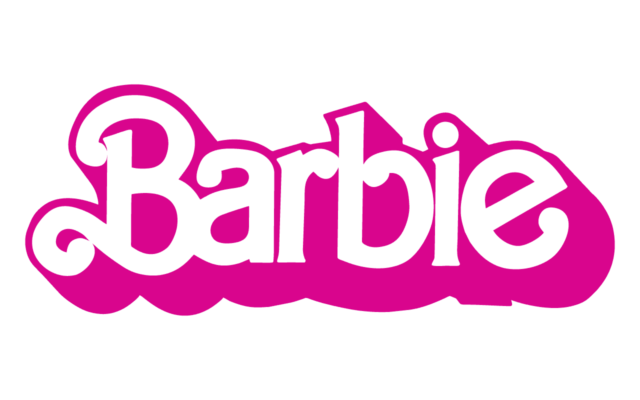Barbie is a fashion doll manufactured by American toy company Mattel, Inc. Step into any toy store and you’ll likely find her: a curvaceous plastic figure with endless wardrobe options. That’s Barbie, the iconic doll who’s been a fixture in children’s playrooms for over six decades. But Barbie’s legacy extends far beyond the aisles of Toys ‘R’ Us. She’s a cultural phenomenon, a reflection of societal ideals, and a source of endless debate and fascination.
Born in 1959, Barbie quickly rose to fame, offering girls a glimpse into a world of glamorous careers, dreamy dates, and endless possibilities. Whether donning a doctor’s coat or a dazzling evening gown, Barbie embodied female success and independence. Through her countless careers, from astronaut to architect, she challenged traditional gender roles and sparked imaginations. However, her unrealistic proportions and overtly feminine persona also drew criticism, raising questions about body image and societal expectations.
Barbie’s evolution reflects the changing world around her. Over the years, she’s become more diverse, with various ethnicities, body types, and abilities represented. Careers have also diversified, incorporating STEM fields and social activism. While the debates about her impact continue, Barbie’s undeniable influence on popular culture and her ongoing transformation in response to societal shifts ensure her place as a fascinating and complex figure in toy history


